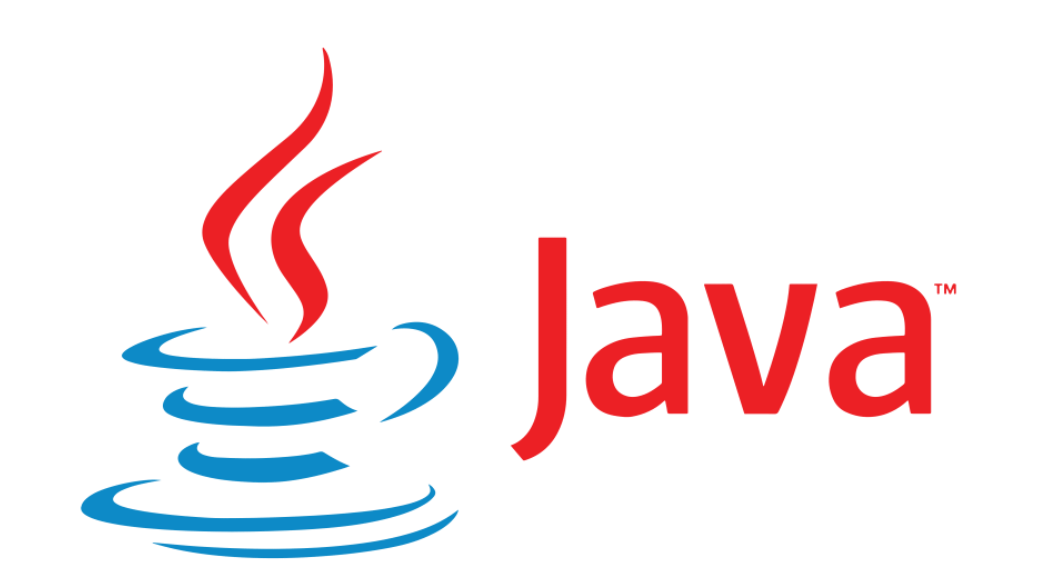
The Runnable interface in Java provides a way to define a task that can be executed by a thread. Threads are lightweight processes that run concurrently with other threads, allowing for more efficient use of system resources. In this article, we will explore the Runnable interface in Java and discuss its importance in multithreaded programming.
What is the Runnable Interface in Java?
The Runnable interface in Java is a functional interface that provides a single method, run(), which must be implemented by any class that implements the Runnable interface. The run() method defines the code that will be executed by the thread when it is started.
How to Use the Runnable Interface in Java?
To use the Runnable interface in Java, you must first implement the interface in a class. Here is an example:
java code
public class MyRunnable implements Runnable {
public void run() {
// Code to be executed by the thread
}
}
Once you have implemented the Runnable interface, you can create an instance of your class and pass it to a Thread object to execute the code in a separate thread. Here is an example:
java code
MyRunnable myRunnable = new MyRunnable();
Thread thread = new Thread(myRunnable);
thread.start();
In this example, we create an instance of MyRunnable and pass it to a Thread object. The start() method of the Thread object causes the start() method of MyRunnable to be executed in a separate thread.
Benefits of Using the Runnable Interface in Java
Using the Runnable interface in Java has several benefits, including:
- Allows for the creation of concurrent programs that can execute multiple tasks simultaneously.
- Improves the performance of applications by making more efficient use of system resources.
- Provides a simple and easy-to-use API for creating and managing threads in Java.

Best Practices for Using the Runnable Interface in Java
When using the Runnable interface in Java, it is important to follow best practices to ensure that your code is efficient, reliable, and easy to maintain. Here are some best practices for using the interface in Java:
- Keep your run() method short and simple, focusing on the task that needs to be performed in the separate thread.
- Avoid sharing data between threads, as this can lead to race conditions and other synchronization issues.
- Use synchronization mechanisms such as locks and semaphores to protect shared resources and ensure that threads do not interfere with each other.
- Use a thread pool to manage and reuse threads, rather than creating and destroying threads for each task.
- Use thread-safe data structures such as ConcurrentHashMap and CopyOnWriteArrayList to avoid synchronization issues when accessing shared data.
Conclusion
The Runnable interface in Java provides a powerful and flexible way to create concurrent programs that can execute multiple tasks simultaneously. By following best practices and using synchronization mechanisms, you can ensure that your code is efficient, reliable, and easy to maintain. Whether you are building a multi-threaded application or just need to perform a single task in a separate thread, the Runnable interface is an essential tool for any Java programmer.
At PLOVER, we take pride in offering a diverse range of remote work options, and we understand that finding the right job can be a challenging task. That's why all the jobs listed on our platform are verified by us to ensure that they meet our strict criteria. We make sure that each job is remote, pays in USD, and meets our working conditions, so you can focus on finding the best fit for you.
final thought


by Harsh Verma
final thought

